Top Challenging Treks in Nepal Above 4000 M
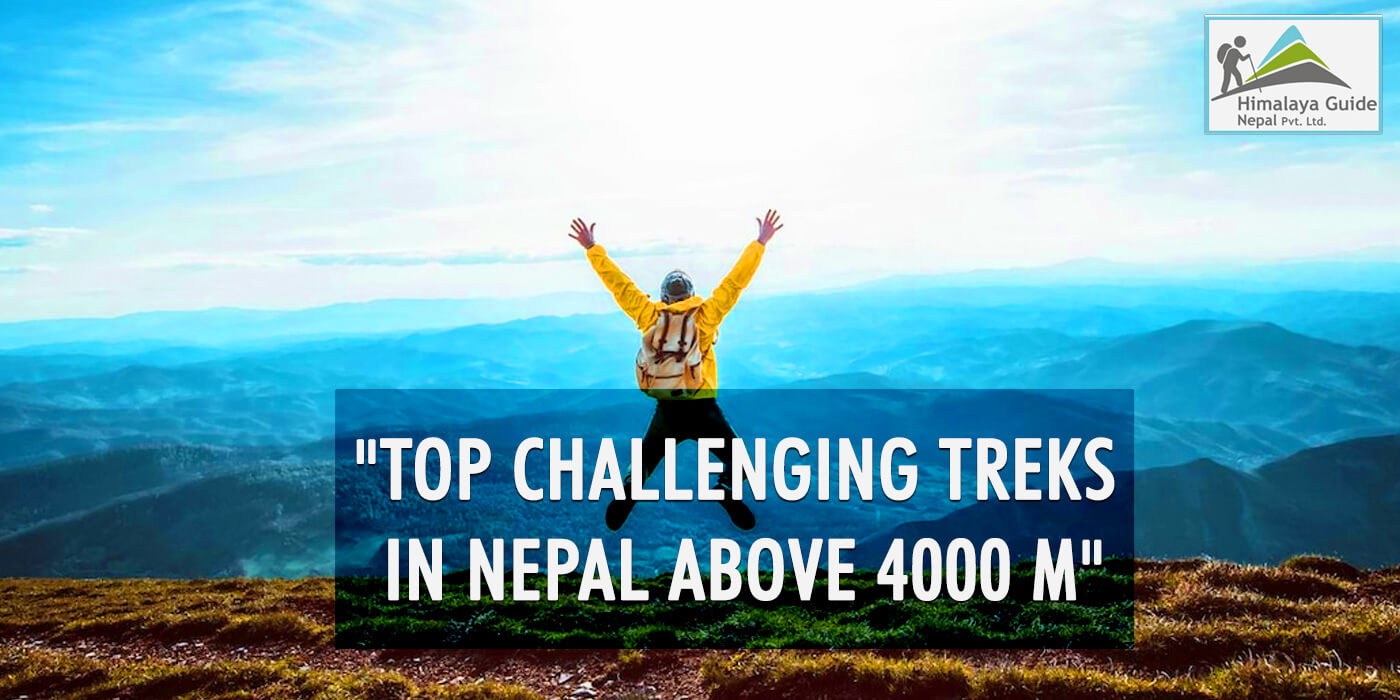
26 Sep 2022 Chandra Gurung
Nepal has a wide range of hiking opportunities, from easy to difficult. The toughest and hardest hikes and treks in Nepal are also the most rewarding. Nepal is every nature lover’s fantasy and every trekker’s utopia.
The most difficult treks in Nepal are distinguished by high altitude, lonely and harsh paths, hard bends and rocky roads, exceptionally long journeys, and unconventional accommodation. These encounters, however, make for an exciting and unforgettable trip to Nepal.
We have compiled a list of the most difficult and challenging treks in Nepal for those willing to push their limits in trekking, travel into the unknown, exercise their muscles, and jump from one peak to the next.
These beautiful and unique treks in Nepal throughout Annapurna, Everest, Kanchenjunga, Dhaulagiri, Manaslu, and other locations demonstrate that the most difficult destinations are some of the greatest.
Listed below are the ten most tough and hard treks in Nepal:
1. Dhaulagiri Circuit Trek
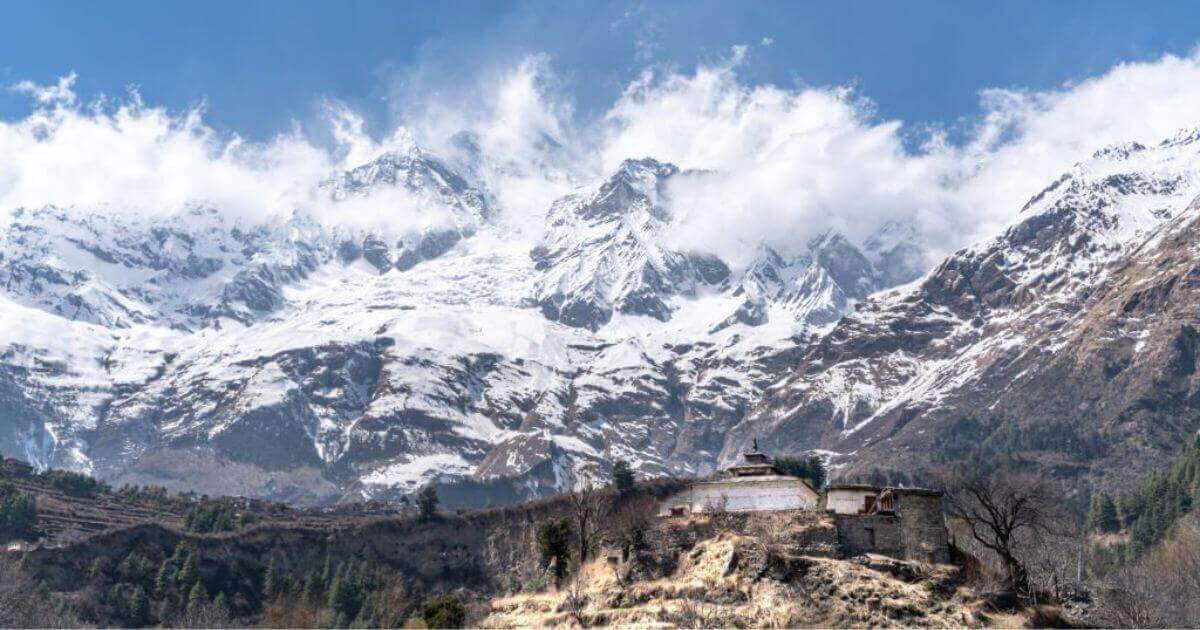
The Dhaulagiri Circuit Trek is one of the most arduous treks in Nepal. The rough and off-the-beaten path comes with the splendour of the Dhaulagiri Mountain chain and the environment. The route begins in Darbang hamlet and continues through Dhaulagiri Base Camp, Mustang, and Pokhara.
It provides a camping experience over the rural roads and some challenging excursions. The rocky pathways, transverse moraines, glaciers, steep ascents, and long descents add to the trek’s difficulties.
As you will be crossing two high mountains, French Pass at 5,360m and Dhampus Pass at 5,244m, altitude sickness may be an issue. Furthermore, you would need to spend most of the hiking days above 3,500m in altitude.
During the expedition, on average, you would need to walk 6 to 7 hours every day, largely at high altitudes and harsh terrain. As a result, it is specifically created for people with an excellent physical physique, prior high-altitude trekking expertise, and a genuine desire to walk on some of the most difficult trails leading to a breathtaking vista.
At the end of this tough journey, one would have seen nearby views of Dhaulagiri, Annapurna, Dhampus peak, and Gurja Himal, as well as the lovely lifestyles of the Magar, Gurung, and Thakali populations.
2. Everest Three Passes Trek
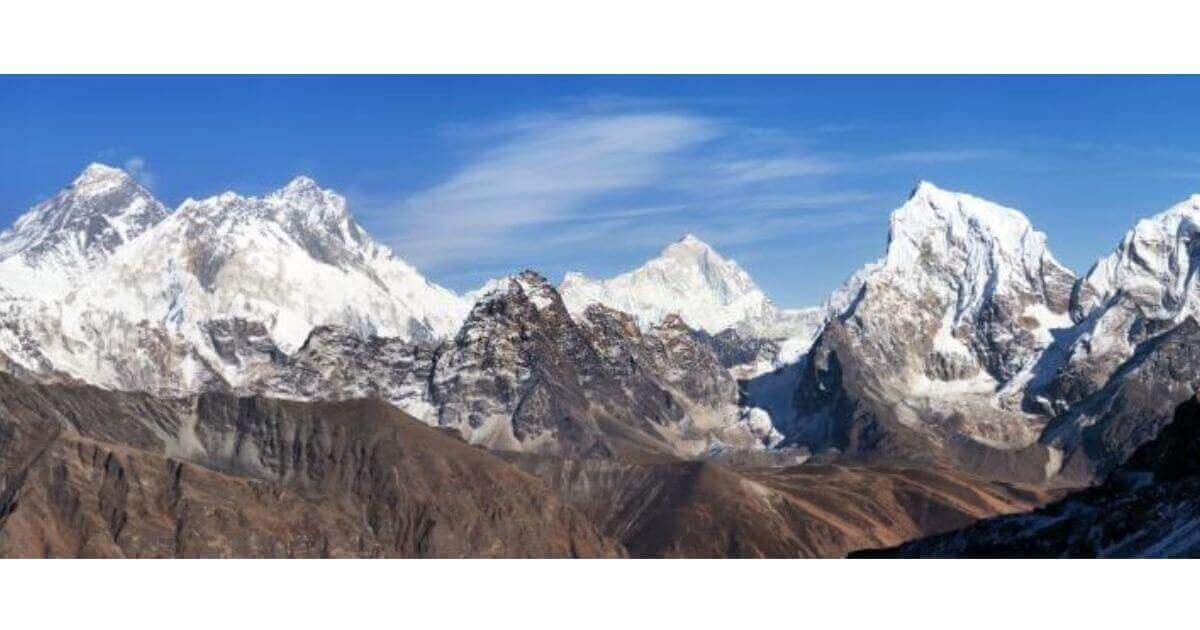
The Everest Three Passes journey is as wonderful and difficult as it sounds, including treks to three of Everest’s highest passes: Renjo La Pass (5,360m), Cho La Pass (5,420m), and Kongma La Pass (5,420m) (5,535m).
The journey begins in Lukla and follows the typical Everest base camp road for many days before travelling to the Gokyo valley and splitting out to Base Camp of Everest. Finally, the walk proceeds to Chhukung valley before returning to Lukla.
The Everest three passes journey is much too adventurous, hopping from one location to the next in the Khumbu area. This is precisely what makes this journey so exciting and difficult. As most hiking days are spent in accommodations over 4000 meters, altitude sickness may be a serious challenge.
On average, you will be required to walk for roughly 5 hours daily. Most of the trail is well-trodden, popular, and well-maintained, with clear routes and nice tea houses/lodges for lodging. The Everest Three Passes trip is suitable for persons with prior expertise with high-altitude treks in Nepal because of the high pass crossings.
This ultimate Everest trip will provide you with the greatest experience possible, from close-up views of Mt. Everest and the surrounding landscape to the turquoise Gokyo Lake, cold Ngozumpa Glacier, and Khumbu glacier. Furthermore, connecting with the native Sherpa people and learning about their culture, customs, and way of life is just healthy.
3. Upper Dolpo Trek
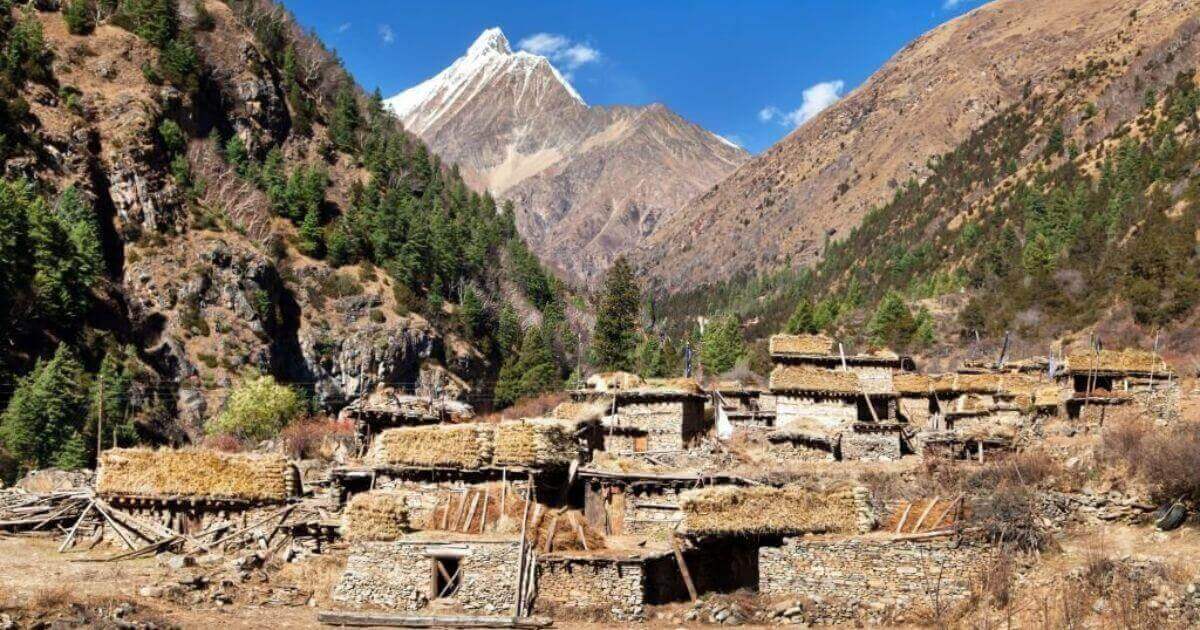
Upper Dolpo Trek provides the most adventurous and thrilling trip in the lonely scenery of Shey Phoksundo, Nepal’s biggest and also only trans-Himalayan national park. The trek’s complexity is defined by the off-the-beaten-path routes and lengthy hours of trekking. The walk is made more difficult by the remote location with no close villages.
The Upper Dolpo Trek lasts 27 days, begins in the midwestern town of Juphal and ends at Phoksundo Lake. The walk continues to Yanjer Gompa in the Upper Dolpo area, then south to Dho Tarap valley, and then back to Dunai via the historic Himalayan caravan path.
Throughout the route, there are several uphill and downhill hikes in tough terrain that can take up to 8 hours each day. The most difficult part of this trek is traversing the high passes of Nagdalo La (5,350m/17,552ft) and Sela La Pass (5,100m/16,740ft). In the secluded region, all necessities must be transported with you, and tents must be established for lodging.
Because of the walk duration, it is physically difficult and best suited for persons with strong bodies. Previous high-altitude hiking experience is advantageous but not required for this expedition.
The finest part of this walk is getting to know the rich Bon and Buddhist culture, the unusual flora and fauna of the Shey Phoksundo national park and the remote Tibetan plateaus.
4. Makalu Base Camp Trek
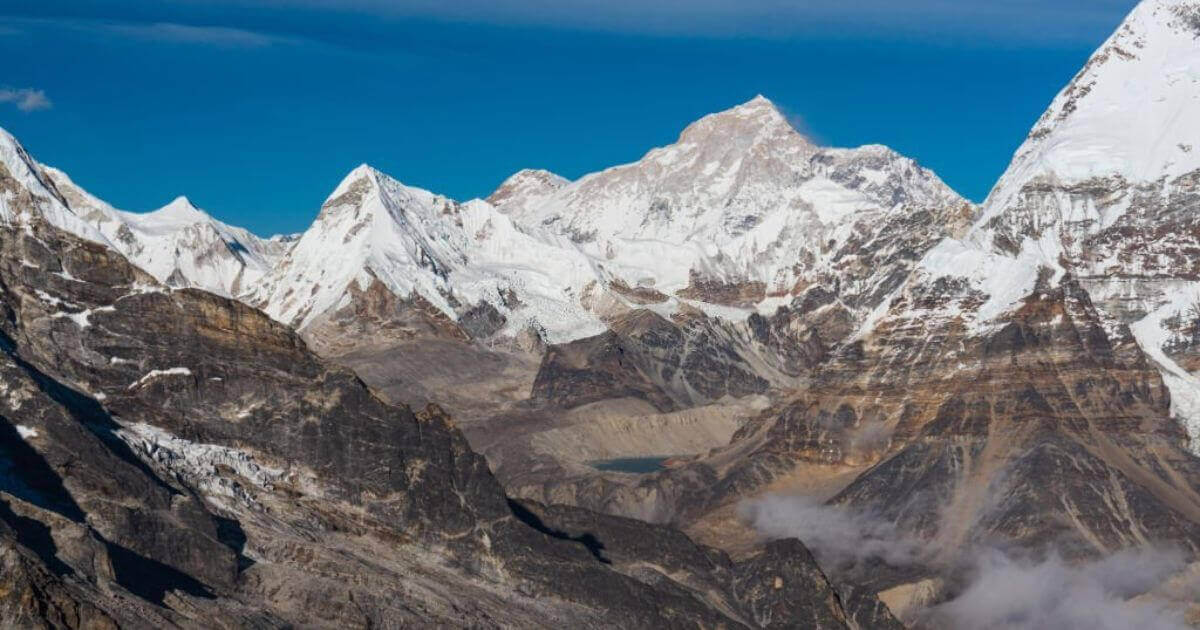
The Makalu Base Camp Trek is an exciting hiking trip through the northeastern wilderness of the Makalu Barun National Park toward this base of the world’s fifth tallest peak. The journey’s highlights highlight is crossing three mountain crossings and reaching a maximum height of 4,900m/16,076ft at Makalu Base Camp.
The hike Chichila trailhead is located farther up Tumlingtar, and it finally leads north to Makalu Base Camp, going via Shipton La (4,229m/13,874ft), Keke La (4,170m/13,681ft), and Khongma La (3,890m/2,762ft). Since you’ll be returning through the same road, the second stage of the walk is easier. You will be trekking tough terrain, most of which is secluded and solitary.
It is a strenuous journey that needs you to be physically well enough to camp at high altitudes. On average, you will need to walk for 5 to 6 hours every day. Previous high-altitude hiking experience is beneficial but not required for the hike.
This walk’s beauty is getting up and personal with the high-altitude mountains like Makalu, Lhotse, Kanchenjunga, Chamlang, Baruntse, and others. You can also observe the national park’s distinctive flora and animals; if you’re lucky, you could even spot a Red Panda or a Snow Leopard.
5. Manaslu Circuit Trek And Nar Phu Valley Trek
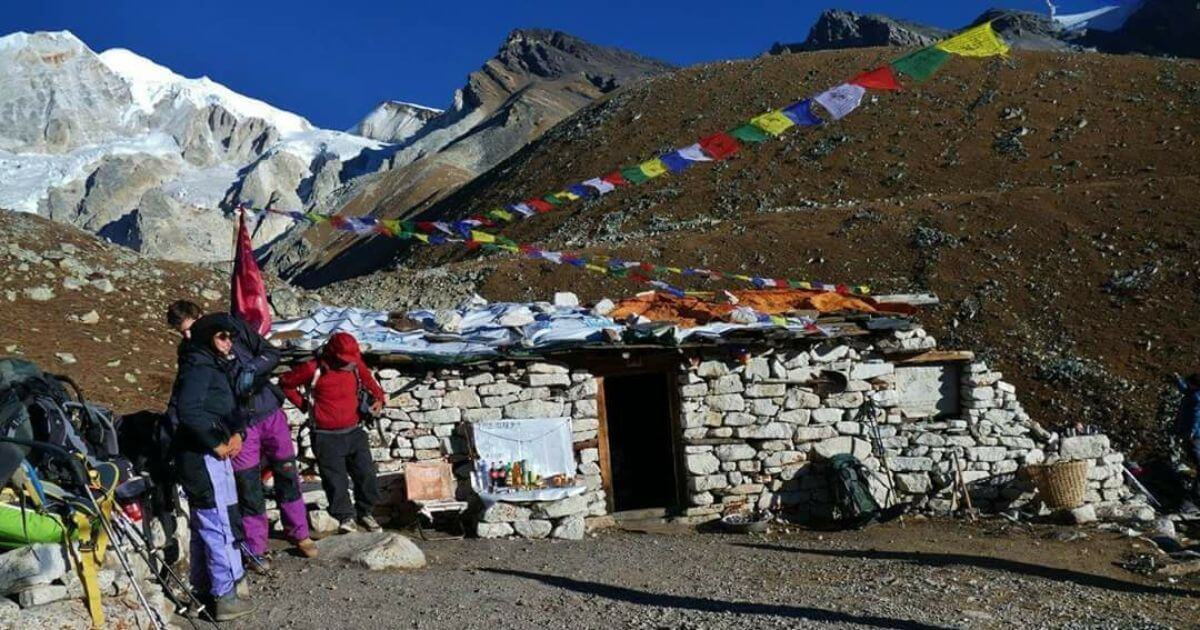
The Manaslu Circuit Trek and Nar Phu Valley Trek take you to some of the most off-the-beaten-path routes that circle and branch out to the Annapurna and Manaslu regions. The 22-day journey takes you across high hills, steep terrain, and lonely valleys.
Though such an experience may be exhilarating and educational, it can also be hard. These deep valleys have practically little link to the contemporary world. The trip begins at Soti Khola, then circles Manaslu through Dharamsala to Koto before continuing west to Phu and Nar villages before returning to Besisahar.
Circling the highest planet in the difficult terrain and the partly lonely setting is undoubtedly difficult. Walking for 6 to 7 hours daily, possibly increasing to 8 hours, would be necessary. The two high passes of Kang La (5320m/17,450ft) and Larkya La (5,165m/ 16,929ft) add to the challenge.
As a result, walking the difficult terrain would require some physical fitness. You do not need prior high-altitude trekking experience, but it might be beneficial. Also, all care must be taken to avoid altitude sickness, as most days will be spent at altitudes above 4000m, with some days reaching 5000m.
The trek’s most stunning appeal is experiencing the livelihood of the individuals living in the distant Nar and Phu Villages, the distinctive Bon culture, and the rich Buddhist religion. On the less busy path, you may enjoy views of Manaslu, Tilicho Peak, Gangapurna, Nilgiri, and Annapurna. In the Tibetan plateaus of Manaslu Conservation Area, trekkers may also see the rare snow leopard and Himalayan Thars.
6. Kanchenjunga Trek
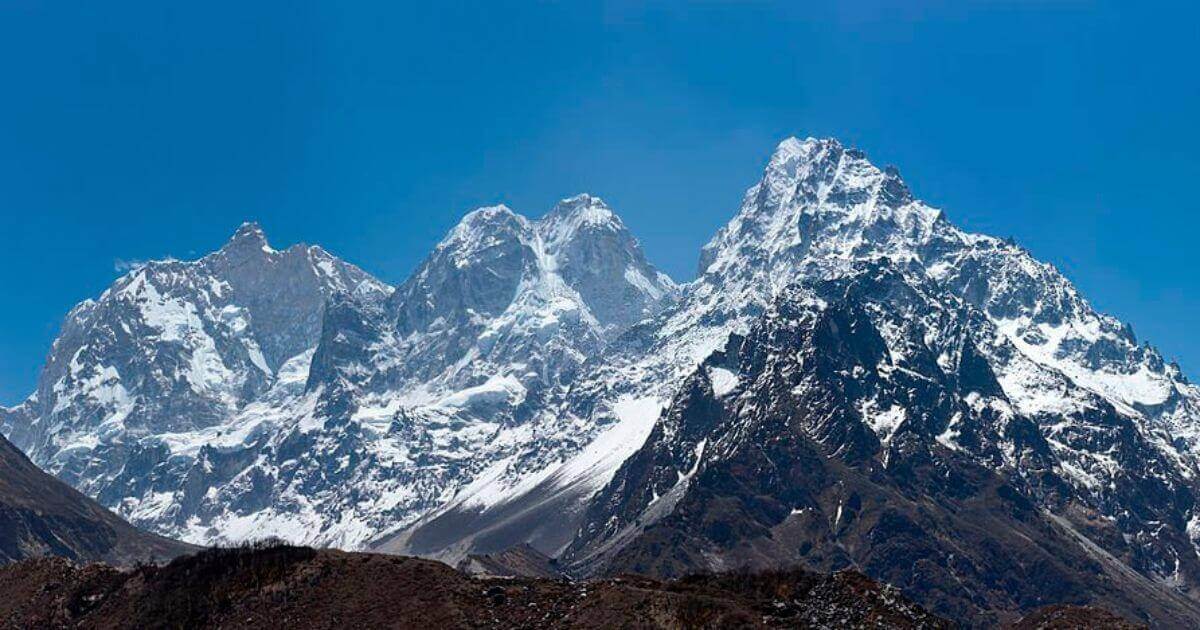
Kanchenjunga’s journey continues to base campsites on the mountain’s southern and northern flanks, passing via Arun valley. Visitors consider this high-altitude hiking path the most attractive trekking location on the boundary between Tibet and Sikkim.
Diverse cultures and environments provide diverse experiences through beautiful temperate birch trees and chestnut and maple woods. The majesty of Kanchenjunga (the world’s third-highest peak) that your eyes behold is beyond description.
The distinct communities and terrace farming of Nepalese Natives provide a glimpse into life in the steep Himalayan area. This high-altitude trek’s outline approaches Tibetan Refugee Camp.
In addition, when hiking in the region, you may witness a variety of plants and wildlife. Kanchenjunga Conservation Area Project (KCAP) is an outstanding example of preserving diverse flora and animals in the Kanchenjunga Region.
People and trekkers have also claimed to have spotted Yeti (Abominable Snowman). So, who knows, you could even spot a Yeti during high-altitude climbing in Nepal. Kanchenjunga Trek begins when you get to Taplejung (via flight from Bhadrapur).
7. Mustang Teri La Pass Trek And Nar Phu Valley Trek
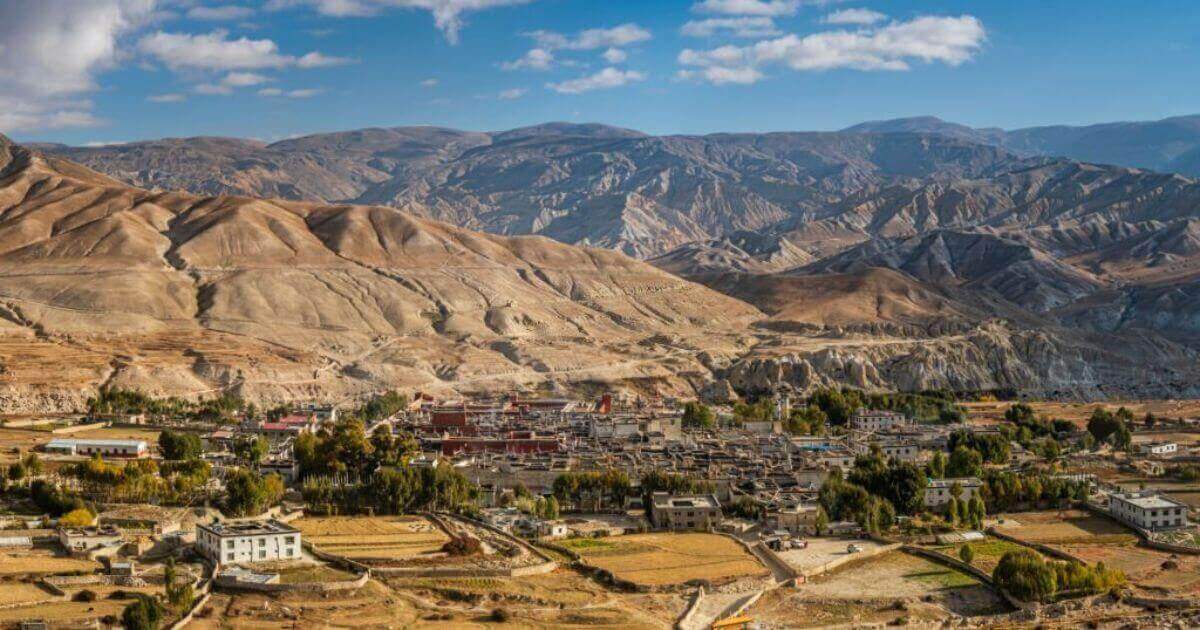
Mustang Teri La Pass and Nar Phu Valley Trek cover Upper Mustang’s medieval monarchy’s remote, unspoiled western scenery. The isolated high passes and long journey duration make this trek one of Nepal’s most demanding and hard.
The walk begins in Mustang in Jomsom and continues north to Lo Manthang in Upper Mustang. The path leads to the Teri La pass, then to Nar and Phu valleys eventually back south to Dharani.
The valley is so remote that you cannot travel alone and must hire a coach to accompany you. Motion sickness is also a significant difficulty because Teri La Pass is located at 5,577m/18,297ft.
Other high passes on the route are Nyi La Pass, Lo La Pass, and Dhi La Pass, which add to the difficulty. You would also be expected to hike for at most 5 to 6 hours daily. High fitness levels and endurance are required, as well as previous trekking experience, which may be beneficial.
This 26-day journey provides the finest opportunity to experience Tibetan Buddhist and Bon culture and the traditional lifestyle of individuals living in Nar and Phu villages. The spectacular Annapurna mountain, Nilgiri, Dhaulagiri, and Tilicho peak are the greatest views. The feeling of trekking in the calm Tibetan plateau nestled away from the rest of the contemporary world makes this journey so appealing to tourists.
Conclusion for Treks in Nepal
Nepal has full of exciting sites to visit, and hiking to the most difficult locations is a wonderful experience. Before embarking on any of the following treks in Nepal, it is prudent to study and plan for the journey thoroughly, and it is preferable to get advice from specialists. The treks in Nepal as mentioned above are difficult because of their length, altitude, and terrain. As a result, specialists must arrange everything to make it easier.
Several local agencies in Nepal may be able to provide trekking programs; nevertheless, you must choose firms with extensive expertise and skilled support. A business with many years of expertise in hiking and the highest altitudes, such as Manaslu Guide, can organize well-managed treks in Nepal.
